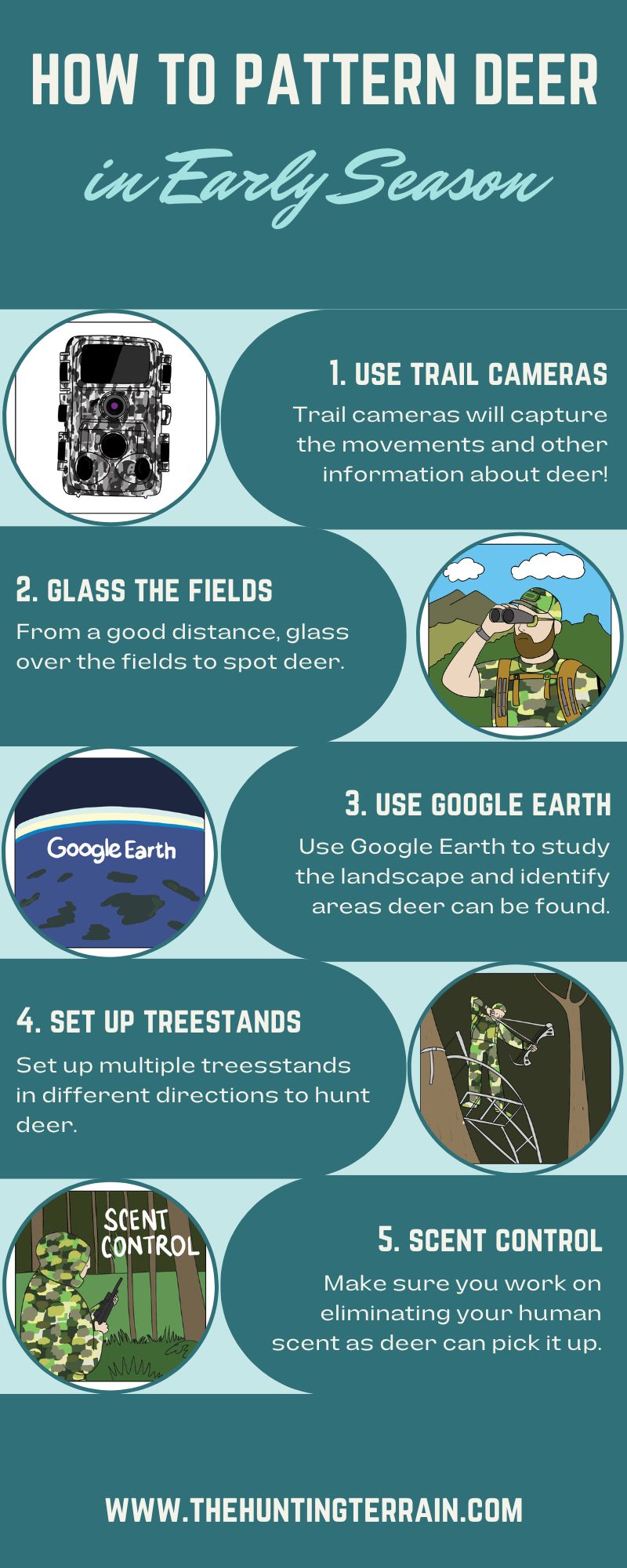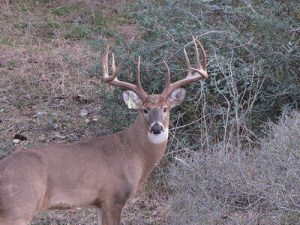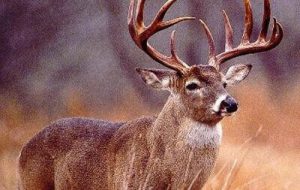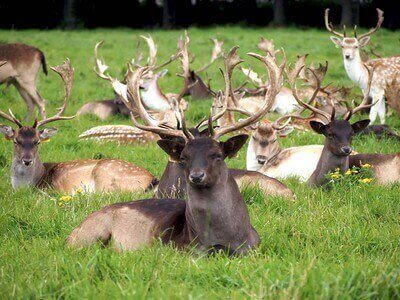Disclosure: We may earn commissions if you purchase products after clicking on a link from our site.
Do you want to learn how to pattern deer in early season? Patterning deer early season more often than not is very rewarding for the hunter. Most of the time you will get a big buck. In this article, we will discuss how to pattern deer in early season to take home that big buck you always relish.

Table of Contents

How To Pattern Deer In Early Season
1. Use Trail Cameras
Set up trail cameras around food and water sources, creek crossings, and other areas that could be routed. You want to look for low-impact areas that you can easily access without alerting deer. Trail cameras can provide a lot of information that you have to carefully study to determine the deer’s behavior. You can learn how to get the best out of your trail camera from this article on the best trail camera tips.
Set up trail cameras in many locations to find out where deer are going, where they are coming from, bedding areas, and other behavioral information. Also, set up cameras on the trails to their food sources. When you spot a buck from the videos, that you are interested in, continue collecting data to find out more about it.
Study the behavior of the buck. When and where does he travel? How does he enter and exit an area? Is he in the company of other bucks or is he always by himself? You want to pattern his movement by scouting him. Take notes or put the information in an app like Huntstand.
2. Glass the Fields
Glassing the field is a fundamental technique for hunters seeking to pattern deer during the early hunting season. Armed with binoculars or spotting scopes, hunters can scan large areas of terrain from a distance, allowing them to observe deer behavior without alerting the animals to their presence.
By carefully scanning fields, clearings, and edges, hunters can spot deer feeding, bedding, or moving through the area. They can also identify travel corridors, transition zones, and preferred feeding areas where deer are likely to concentrate.
Additionally, glassing allows hunters to assess the size, age, and sex of deer present in the area, helping them make informed decisions about which animals to target. By patiently observing deer activity from a distance, hunters can gather valuable information that informs their hunting strategies and increases their chances of success during the early hunting season.
From a good distance glass the fields using binoculars or a spotting scope. If there are soybean fields nearby, glass over them to spot bucks that you can study to determine their patterns. Whitetail deer love feeding in soybean fields during summer evenings. You can read a review of the best spotting scopes on the market from this article.
Observe the buck’s behavior. Which areas of the soybean fields does he spend the most time in? How he enters it and leaves? Take note of all of his behaviors to capitalize on them later to take home that buck.
3. Use Google Earth
Google Earth is a powerful tool for hunters looking to pattern deer during the early hunting season. By using satellite imagery and mapping features, hunters can scout hunting areas from the comfort of their own home.
With Google Earth, hunters can identify key features such as wooded areas, fields, water sources, and terrain variations that may attract deer. They can also locate potential bedding areas, travel corridors, and feeding zones where deer are likely to congregate.
By analyzing the landscape and topography, hunters can develop strategic hunting plans and identify potential stand locations. Google Earth also allows hunters to measure distances and calculate travel routes to their hunting spots, ensuring they can access their chosen locations with ease. Overall, Google Earth provides hunters with valuable insights into deer behavior and habitat preferences, helping them increase their chances of success during the early hunting season.

4. Set Up Treestand
Setting up tree stands is a strategic approach used by hunters to gather information and pattern deer during the early hunting season. By positioning tree stands in strategic locations such as along travel corridors, near bedding areas, or close to feeding sites, hunters can observe deer movements without being detected. Elevated positions offer hunters a broader field of view, allowing them to monitor deer activity in various directions.
Additionally, tree stands provide a comfortable and concealed vantage point for extended periods, enabling hunters to patiently observe deer behavior and identify patterns. Through careful observation from tree stands, hunters can gather valuable information about the timing, frequency, and routes of deer movement, which helps them plan their hunting strategies effectively.
Whether scouting for potential stand locations or actively hunting, setting up tree stands allows hunters to gain crucial insights into deer behavior during the early hunting season, ultimately increasing their chances of success.
5. Scent Control
Scent control is a critical aspect to consider when learning how to pattern deer in the early hunting season. Deer have an acute sense of smell, and any foreign odors can alert them to the presence of hunters, causing them to avoid an area altogether.
To minimize scent detection, hunters employ various scent control strategies, such as using scent-free soaps and detergents for washing hunting clothes, storing gear in scent-proof containers, and wearing scent-eliminating clothing.
Additionally, hunters may utilize scent-eliminating sprays or ozone-generating devices to neutralize any residual odors on themselves or their equipment. Taking precautions to control scent ensures that hunters remain undetected by deer, increasing their chances of observing deer behavior and effectively patterning their movements during the early hunting season.
6. The Reward
By this stage, you have identified a buck. You have studied his behavior from the trail cameras and have learned a lot about it. You know his patterns and have identified where he is most vulnerable. Now is the time to be disciplined and focus on him.
At the start of the season, relying on the information you collected, hunt the buck when he adheres to his regular patterns. You will have a greater chance of taking him home.

The Bottom Line
How to pattern a deer in the early season can be very rewarding if you follow a plan and execute it. In this article, we discussed how you can pattern a deer to finally get the big buck you always wanted when the season starts. You can read the best whitetail deer hunting tips from this article.
